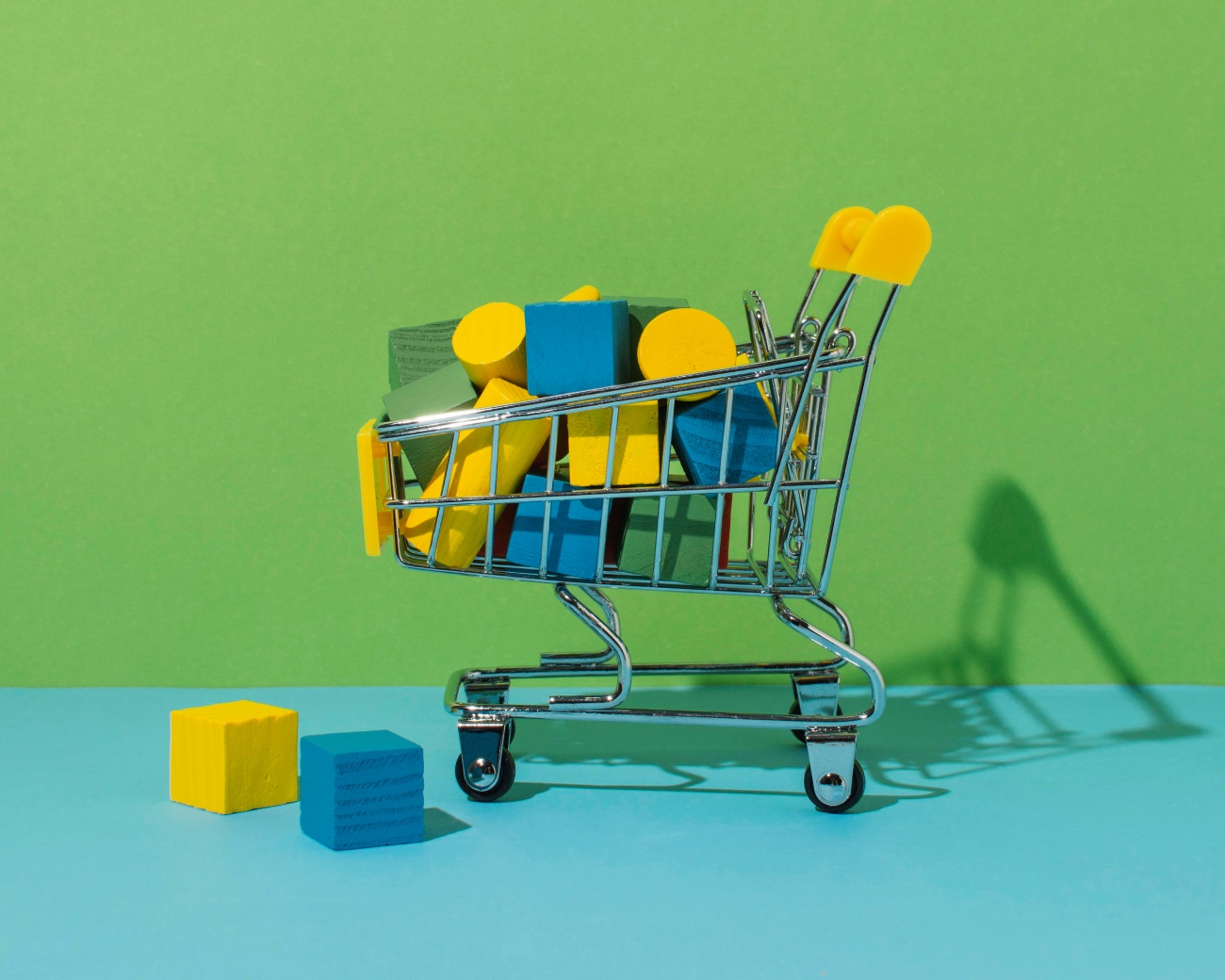Regulatory traceability systems are crucial tools for managing risk and ensuring compliance within a supply chain organization.
They provide a clear, auditable trail of every activity occurring within the supply chain, from sourcing raw materials to delivering finished products.
This visibility helps to not only avoid costly fines and penalties for non-compliance but, also enhances your reputation with customers and stakeholders.
The Business Case for Investing in Traceability Beyond Compliance
A traceability solution can significantly reduce your operational costs.
Automating data collection, management, and analysis eliminates the need for manual data capture, manual data investigation, and traceability audits, which can be time-consuming and prone to error.
By freeing up employees, they can be deployed onto more valuable tasks, reducing labour expenses.
A centralized data management system for all supply chain events allows quick identification and resolution of issues, preventing costly recalls or reputational damage.
Applying intelligence to data results in proactive issue management and significant cost savings in terms of process efficiency, labour, and productivity.
Cost Efficiency: Reducing Operational Expenses
- Automation of data collection & reporting eliminates manual processes.
- Reducing labour costs by optimizing workforce allocation.
- Proactive issue management leads to cost savings from improved process efficiency.
Enhancing Supply Chain Visibility & Risk Mitigation
- Real-time tracking enables improved recall management and risk prevention.
- Data centralization ensures faster issue identification and resolution.
- Preventing costly non-compliance penalties & regulatory fines.
Operational Efficiency: Streamlining Business Processes
The system also improves efficiency in your supply chain.
By having a clear understanding of your supply chain, you can identify bottlenecks, inefficiencies, and areas for improvement.
This enables efficiency savings, reduced cost to serve, and improved profitability.
- Identifying bottlenecks and inefficiencies in supply chains.
- Faster decision-making with integrated traceability data.
- Reducing time-to-market and improving logistics coordination.
Competitive Advantage & Market Differentiation
A regulatory compliance traceability solution can give you a competitive edge.
Customers and consumers are becoming increasingly concerned about the origin and safety of the products they buy.
By providing full transparency, you can enhance customer trust and loyalty.
This translates to increased sales and market share.
- Customer trust & transparency – meeting consumer demand for ethical sourcing.
- Increased sales & brand reputation through verified product authenticity.
- Sustainability & ESG compliance as a competitive differentiator.
The ROI of Traceability Solutions
When considering compliance-driven traceability systems, few organizations focus on the potential ROI as they generally view the requirement to implement such systems as an imposition and cost of doing business in a given region.
This tends to result in a de minimis approach to traceability adoption – doing only the bare minimum required to meet the compliance objectives – without considering the broader value opportunity traceability may present.
In reality, while there is an initial investment in a regulatory traceability solution, the cost benefits and return on investment can be significant. These benefits may be achievable by circumventing additional costs beyond compliance.
Modern traceability systems designed to support global data standards, such as GS1 EPCIS and GS1 Digital Link, cater not only to compliance but also to broader application across the product lifecycle, across multiple business stakeholder functions, and various markets, including the customer engagement and therefore the collection of precious data: above all because the global supply chain is moving toward two-dimensional (2D) barcodes that can carry more information.
Industry CEO Perspective: GS1 Sunrise 2027 & ROI
Recognizing the value of the shift to 2D barcoding (GS1 Sunrise 2027) is a critical first step for businesses. While this technology is a regulatory requirement, it also presents an opportunity to streamline supply chain management, enhance product traceability, and improve inventory management.
To determine its full value, organizations must assess the benefits of implementing this technology across global operations, extending beyond local market compliance.
Potential advantages include cost savings from optimized inventory management, increased sales due to improved product availability, and protection from regulatory fines and penalties.
Developing an ROI for this technology requires an estimation of total implementation costs, including the technology itself, integration expenses, training, change management, and ongoing maintenance.
Executives and leadership teams can then present these findings to stakeholders and boards of directors, demonstrating not only the compliance necessity but also the broader operational and strategic benefits.
Critical Value Drivers in Supply Chain Management
- Cost Efficiency: Lower procurement, transportation & inventory costs.
- Inventory Turnover: Reducing stockouts & overstocks.
- Cycle Time: Faster, error-free supply chains.
- Order Accuracy: Compliance with safety standards.
- Supplier Performance: Measuring cost, quality, and delivery efficiency.
- Demand Forecast Accuracy: Preventing inventory mismanagement.
- Product Traceability: Ensuring regulatory and safety compliance.
- Service Level: Meeting customer demand efficiently.
- Flexibility & Responsiveness: Adapting to supply chain changes.
- Sustainability: Reducing carbon footprint and waste.
Industry Insights: Food & Beverage Market Context
The market value for food traceability software in European Union countries is substantial. Several factors contribute to this:
- Strict regulatory requirements driving demand for traceability solutions.
- Growing consumer demand for transparent and safe food sourcing.
- The size and complexity of the EU food industry require streamlined compliance.
Only considering the food and drink industry, we must not that it is the largest manufacturing industry in the EU: it employs 4.7 million people, generates a turnover of €1.2 trillion and €250 billion in value added.
Conclusion & Next Steps
Investing in a regulatory traceability solution yields significant returns by enhancing operations, boosting reputation, and driving business success and profitability.
Investing in a traceability solution is investing in the future success and profitability of your business.
Discover how regulatory traceability in the pharmaceutical industry ensures adherence to standards, strengthens transparency, and mitigates risks.
Don’t miss our next article on the subject:
Read more: Regulatory Traceability in Pharma: Challenges, Best Practices & Industry Standards






